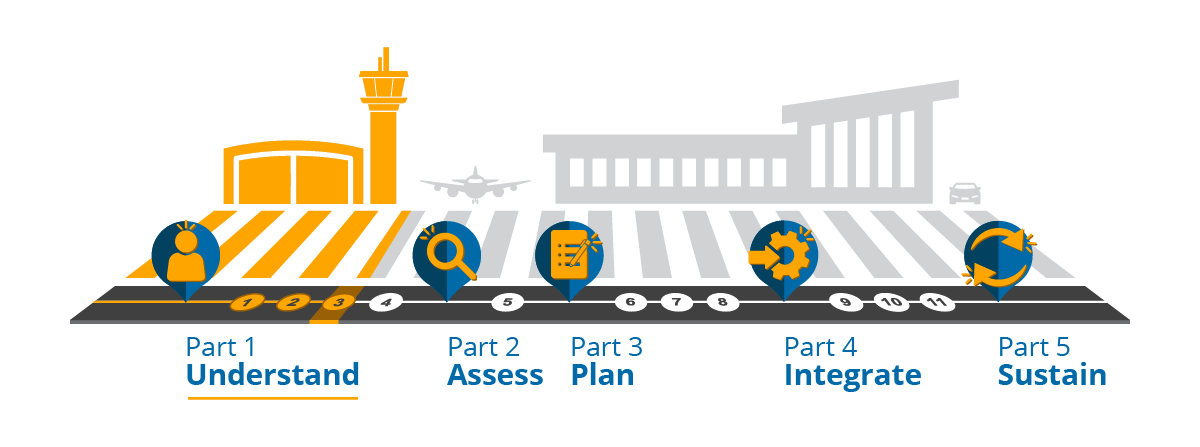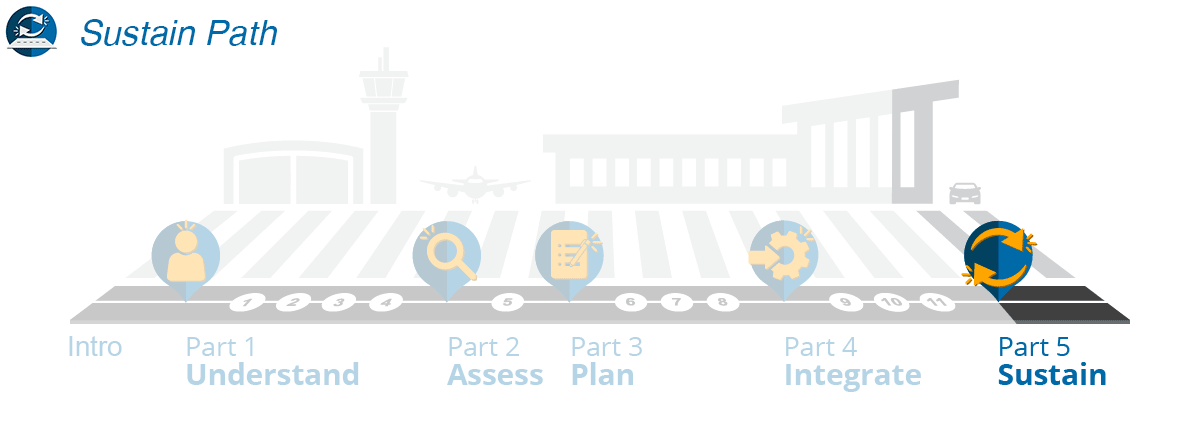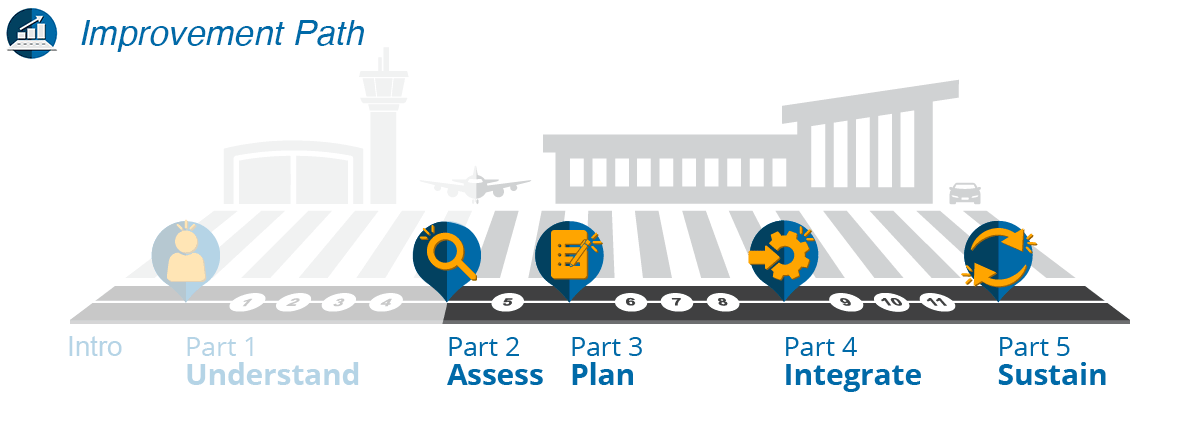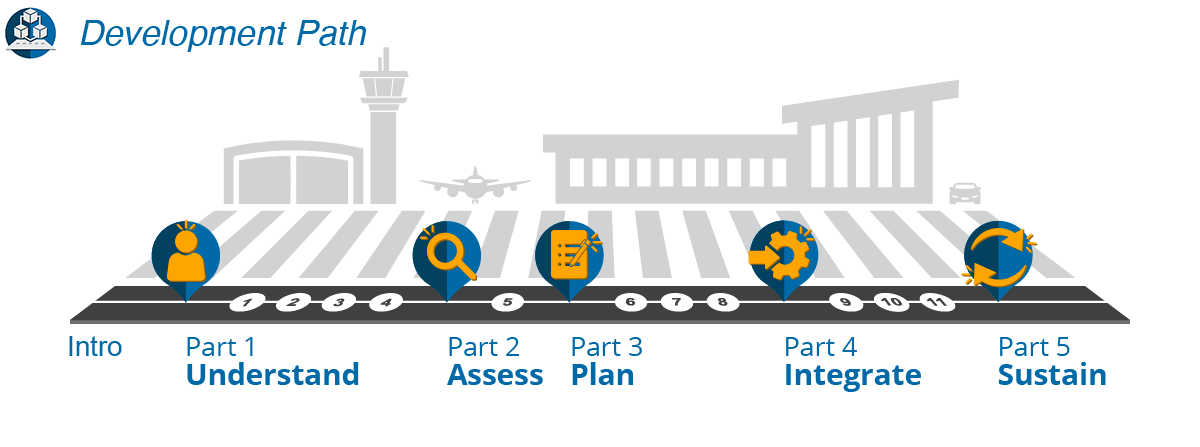
Step 3: Understand the Benefits of Using Social Media in Emergency Management
Reputation
With the introduction and proliferation of SM, our society’s information expectations have shifted. All organizations, including airports, now have a reputation or brand they must actively protect. Consequently, it has become increasingly advantageous to implement an SMEM program with its ability to build and protect the reputations of all stakeholders, including:
- Airport (Operations, First Responders, Emergency Management Staff, SM/Public Affairs)
- Airlines
- Jurisdictional Stakeholders (e.g., Federal Aviation Administration, Transportation Security Administration, Customs and Border Patrol)
- Passengers
- General Public
The focus of this section is an airport's ability to promote its brand and stay out of the negative spotlight.
For an interesting read on the fast-paced nature of SM, see “How Artificial Intelligence Determines Which Airline Stories Go Viral,” by Brian Sumers. (Accessed October 28, 2019, https://skift.com/2018/12/10/how-artificial-intelligence-determines-which-airline-stories-go-viral/. )
The more you use SM in conjunction with other traditional communication methods during emergency management operations, the more you may be able to maintain control over the airport brand. Instead of being reactive to an emergency event, you can start proactively publishing well-crafted and tailored messages, especially early in the development of an emergency event. If you continue to publish regular messages over the course of the event, you can help soften blows taken from the public coverage of the event.
This is not to assume SM updates alone are enough to effectively manage an airport brand during each emergency event. You should also collaboratively leverage SM alongside other methods (the media, public address system announcements, flight information display system, airport TVs, etc.) of sharing event-related information with passengers and stakeholders.
Remaining silent on SM channels rather than publishing messages in real-time can be damaging to an airport’s reputation and brand. This is especially true during emergency events in which the public expects information as events unfold. If you remain absent on SM channels during emergency situations, your silence can become a more impactful media headline than the emergency event itself (i.e., your lack of response becomes the story). You should avoid this if at all possible and remain the non-story.
Part of ensuring you remain the non-story is taking care to craft responses that offer transparency, mitigating the chance that a story will become sensationalized. This will help keep the airport organization out of a potentially negative spotlight and help prevent the story from trending.
Beyond your SM response, training responders on how SM is used and misused can help responders keep your airport from becoming the story during an incident. Remind them that with the ubiquitous nature of cell phones, everyone is a potential reporter and may be recording their response. In one incident, a police officer had to respond to an agitated passenger on a flight. The passenger was a veteran with PTSD and the officer took extra time to calm him down instead of escalating the issue by forcing the passenger off the plane. Since there was no immediate safety issue, the officer wisely avoided a confrontation. Though passengers were using their cell phones to take video, there was nothing to sensationalize the event, and it never trended.
Trending Topics – "Trending topics" are the most talked about topics and hashtags on a social media network.1
REFERENCES
1. “Social Media Definitions: The Ultimate Glossary of Terms You Should Know,” HubSpot, Inc., accessed September 13, 2019, https://blog.hubspot.com/marketing/social-media-terms.




